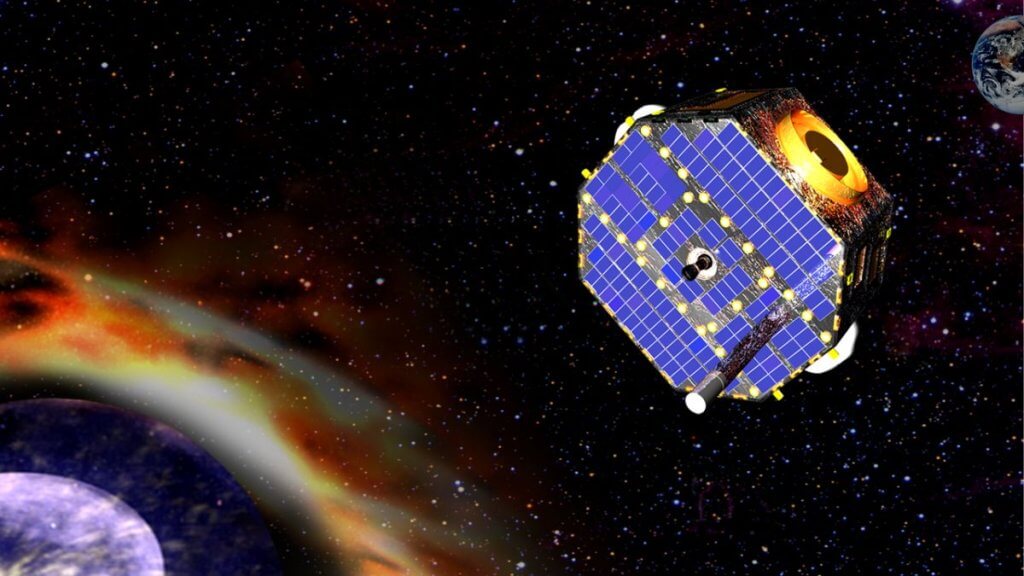A NASA spacecraft is back to normal after weeks of troubles in space.
NASA’s Interstellar Boundary Explorer (IBEX) allowed controllers to reset the computer on March 2, agency officials said on Monday (opens in new tab) (March 6), ending three weeks of issues in trying to reach the spacecraft.
The mission team did a “firecode reset,” or external reset of the spacecraft, allowing controllers to regain control of the unresponsive spacecraft two full days before IBEX was scheduled to do an autonomous reset and power cycle on Saturday (March 4.)
All is back to normal now, agency officials added. “IBEX telemetry shows that the spacecraft is fully operational and functioning normally.”
Related: Mysterious energy ribbon at solar system’s edge a ‘cosmic roadmap’
NASA’s Interstellar Boundary Explorer launched in October 2008 to study the outer edge of the heliosphere, focusing on the “bubble” that represents the boundary between the sun’s environment and interstellar space.
The spacecraft fully mapped the heliosphere in its first year after launch and gets entire-sky images every six months. Its most famous discovery is uncovering a dense region of particles, nicknamed the “IBEX ribbon.”
The agency first announced issues in “regaining command capability” in late February, but emphasized the spacecraft itself was healthy despite its computer resetting unexpectedly and placing IBEX into contingency mode. “Flight software still is running, and the spacecraft systems appear to be functional,” NASA officials said in a Feb. 24 update (opens in new tab).
IBEX forms part of a network of spacecraft studying the solar wind (or constant stream of particles from our sun) alongside the sun itself to gain a better understanding of how the heliosphere shapes our solar system.
The spacecraft has spent 15 years in space, continuing work more than a decade past when its prime mission ended in 2011.
Elizabeth Howell is the co-author of “Why Am I Taller (opens in new tab)?” (ECW Press, 2022; with Canadian astronaut Dave Williams), a book about space medicine. Follow her on Twitter @howellspace (opens in new tab). Follow us on Twitter @Spacedotcom (opens in new tab) or Facebook (opens in new tab).

